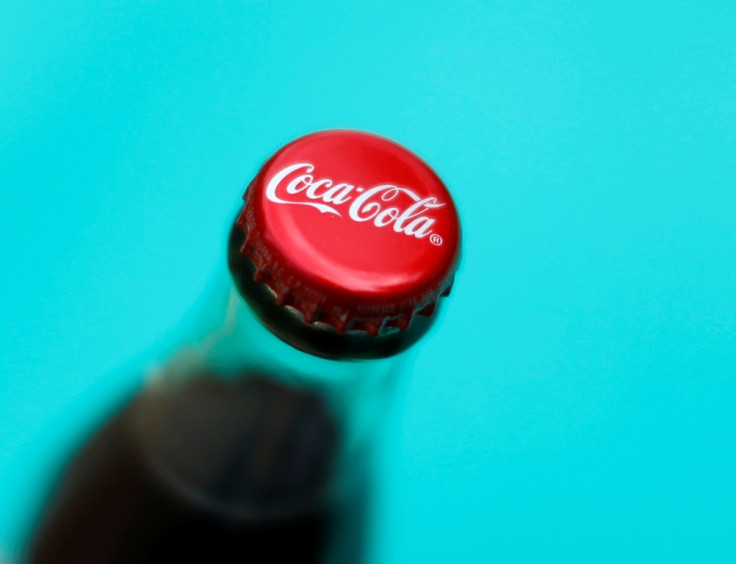Sound Waves Bent to Make Acoustic 'Bottle' Which Can Hold Tiny Particles

Scientists have devised a method to bend sound waves and create an acoustic "bottle" that can hold tiny particles.
This can be used to sort out cells or create acoustic tweezers in labs or even a sonic cloaking device.
Using sound waves coming from all around a point, by adjusting the distance they travel, an interference pattern was produced that bends the resultant sound beam in a desired way.
This bending can be manipulated to go around an object and then proceed in the original path. The manipulation possibilities are many.
Initially, the team worked with a linear array of 40 speakers, each 1.5 centimetres in diameter, spaced 2.5 cm apart, and operating at a frequency of 10 kilohertz.
The sound waves could be shaped in two dimensions. Proceeding to a two-dimensional array of over 100 such speakers, they were able to curve the waves in three dimensions, creating an acoustic bottle, with high acoustic pressure forming the walls.
They placed a hard plastic ball in the centre of the bottle, and found that the pressure of the sound waves held it in place.
Using more powerful speakers can strengthen the bottle, the researchers say. Such "bottles" could act as acoustic tweezers and be used to carry small particles to sort out cells or molecules in a solution.
Developed at the University of California in Berkeley, this work derives from earlier research on metamaterials, which contain periodic structures that cause light or sound waves to move in unusual ways.
Metamaterials have been used to create cloaking devices to hide objects from specific frequencies of light or sound. The same principle used in free space renders it more useful for practical applications.
© Copyright IBTimes 2025. All rights reserved.





















